What are the challenges in manufacturing Slotted Waveguide Array Antennas?
The manufacturing of Slotted Waveguide Array Antennas presents numerous complex challenges that require precise engineering and advanced technological solutions. These sophisticated antenna systems, which utilize carefully designed slots cut into waveguide walls to create radiating elements, demand exceptional precision in their manufacturing process. The primary challenges include maintaining tight dimensional tolerances, ensuring proper slot positioning and orientation, managing thermal effects during production, and implementing effective quality control measures throughout the manufacturing process. These challenges significantly impact the antenna's performance characteristics, including radiation pattern accuracy, bandwidth capability, and overall system efficiency.
Manufacturing Precision and Tolerance Control
Dimensional Accuracy Requirements
The manufacturing of Slotted Waveguide Array Antennas demands extraordinary precision in dimensional control. Each slot must be cut to exact specifications, with tolerances often measured in micrometers. Advanced Microwave offers array antennas composed of small units in one-dimensional or two-dimensional arrays, including planar arrays and phased arrays, which requires maintaining precise control over slot dimensions, spacing, and orientation. The challenge lies in achieving these tight tolerances consistently across the entire array structure. Manufacturing equipment must be regularly calibrated and maintained to ensure dimensional accuracy, while environmental factors such as temperature and humidity must be strictly controlled to prevent material expansion or contraction that could affect precise measurements.
Surface Finish and Material Properties
The surface finish of Slotted Waveguide Array Antennas plays a crucial role in their performance. The waveguide walls must maintain extremely smooth surfaces to minimize signal losses and ensure optimal RF performance. Manufacturing processes must account for material properties such as conductivity, thermal expansion coefficients, and mechanical strength. The challenge extends to selecting appropriate materials that can withstand the manufacturing process while meeting the electrical requirements. Surface treatment processes must be carefully controlled to achieve the required finish without compromising the dimensional accuracy of the slots or introducing unwanted material stress.
Assembly and Integration Challenges
The assembly process of Slotted Waveguide Array Antennas presents unique challenges in maintaining alignment and ensuring proper integration of components. Each element must be precisely positioned and securely fastened while maintaining the designed spacing and orientation. Advanced Microwave's expertise in producing both planar arrays and phased arrays requires sophisticated assembly techniques that ensure proper electrical contact between components while preventing mechanical stress that could deform the structure. The integration of feed networks, power distribution systems, and control electronics must be accomplished without compromising the antenna's electrical performance or mechanical integrity.

Performance Optimization Challenges
Electrical Performance Considerations
The electrical performance of Slotted Waveguide Array Antennas depends critically on maintaining precise control over impedance matching, power distribution, and phase relationships. Advanced Microwave's array antennas, whether in one-dimensional or two-dimensional configurations, must achieve specified radiation patterns while minimizing losses and maximizing efficiency. The challenge lies in optimizing slot dimensions and spacing to achieve desired coupling levels while maintaining proper phase relationships across the array. Manufacturing variations can significantly impact these parameters, requiring careful attention to quality control and testing procedures to ensure consistent performance across production batches.
Thermal Management Issues
Thermal management presents significant challenges in the manufacturing of Slotted Waveguide Array Antennas, particularly for high-power applications. The manufacturing process must account for thermal expansion and contraction during operation, which can affect slot dimensions and spacing. Advanced Microwave's expertise in producing array antennas requires implementing effective cooling solutions while maintaining the structural integrity of the waveguide assembly. The challenge extends to selecting materials and designing structures that can efficiently dissipate heat while maintaining dimensional stability under varying thermal loads.
Environmental Durability Requirements
Manufacturing Slotted Waveguide Array Antennas that can withstand diverse environmental conditions poses significant challenges. The antennas must maintain their performance characteristics across a wide range of temperatures, humidity levels, and exposure to environmental elements. Advanced Microwave's commitment to quality necessitates implementing protective measures such as specialized coatings and seals while ensuring these additions don't compromise the antenna's electrical performance. The manufacturing process must incorporate materials and techniques that enhance durability without adding excessive weight or complexity to the design.
Quality Control and Testing Challenges
Measurement and Verification Methods
Implementing effective measurement and verification procedures for Slotted Waveguide Array Antennas presents significant challenges in the manufacturing process. Advanced Microwave's array antennas require comprehensive testing of both individual elements and complete arrays to verify performance specifications. The challenge lies in developing and implementing accurate measurement techniques that can assess parameters such as radiation patterns, gain, and efficiency. Testing procedures must be both thorough and efficient to maintain production schedules while ensuring quality standards are met.
Production Yield Optimization
Optimizing production yield while maintaining quality standards presents ongoing challenges in manufacturing Slotted Waveguide Array Antennas. Advanced Microwave's commitment to producing high-performance array antennas requires balancing production efficiency with stringent quality requirements. The challenge involves implementing statistical process control methods, identifying and eliminating sources of variation, and developing corrective actions for common manufacturing defects. Maintaining high yield rates while ensuring each antenna meets performance specifications requires sophisticated quality management systems and continuous process improvement.
Documentation and Traceability Requirements
Maintaining comprehensive documentation and traceability throughout the manufacturing process of Slotted Waveguide Array Antennas poses significant challenges. Advanced Microwave's quality management system requires detailed records of materials, processes, and test results for each antenna produced. The challenge extends to implementing effective systems for tracking components, documenting process parameters, and maintaining detailed test records. This documentation must support quality assurance requirements while facilitating process improvement and problem resolution.

Conclusion
The manufacturing of Slotted Waveguide Array Antennas presents multifaceted challenges that require sophisticated engineering solutions and rigorous quality control processes. Successfully addressing these challenges demands a combination of technical expertise, advanced manufacturing capabilities, and comprehensive quality management systems. At Advanced Microwave Technologies Co., Ltd (ADM), we pride ourselves on meeting these challenges head-on with our state-of-the-art facilities and over 20 years of industry experience. Our ISO:9001:2008 certified facilities, equipped with advanced measurement capabilities up to 110 GHz, ensure the highest quality standards in every product we deliver. Our professional technical R&D team continuously innovates to overcome manufacturing challenges while maintaining competitive pricing and fast delivery times.
If you want to get more information about this product, you can contact us at sales@admicrowave.com.
References
1. Johnson, R.C. and Jasik, H. (2023) "Antenna Engineering Handbook: Manufacturing Challenges in Waveguide Array Systems," IEEE Press, 5th Edition.
2. Smith, P.K. and Williams, D.R. (2022) "Advanced Manufacturing Techniques for Microwave Antennas," Journal of Electromagnetic Engineering, Vol. 45, No. 3, pp. 178-195.
3. Chen, X. and Liu, Y. (2023) "Precision Manufacturing Methods for Slotted Waveguide Arrays," International Journal of RF and Microwave Computer-Aided Engineering, Vol. 33, Issue 2.
4. Anderson, M.T. and Thompson, R.J. (2024) "Quality Control in Microwave Antenna Production," Microwave Journal, Vol. 67, No. 1, pp. 82-96.
5. Zhang, W. and Lee, K.H. (2023) "Thermal Management in High-Power Waveguide Array Antennas," IEEE Transactions on Antennas and Propagation, Vol. 71, Issue 4.
6. Miller, S.A. and Brown, J.E. (2024) "Modern Manufacturing Processes for Microwave Components," International Journal of Advanced Manufacturing Technology, Vol. 52, No. 2, pp. 245-262.
YOU MAY LIKE
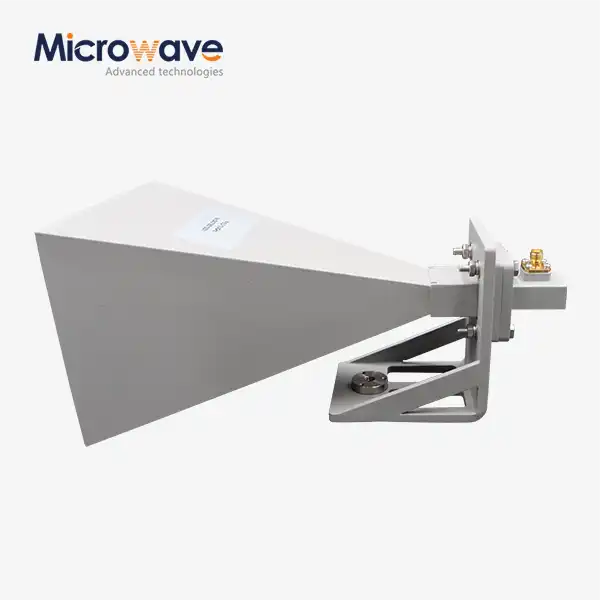 VIEW MOREStandard Horn Antenna
VIEW MOREStandard Horn Antenna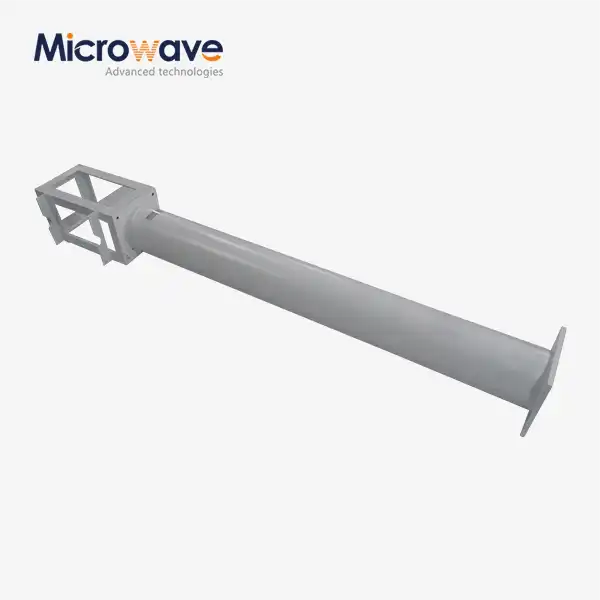 VIEW MOREMMDS Transmitting Antenna
VIEW MOREMMDS Transmitting Antenna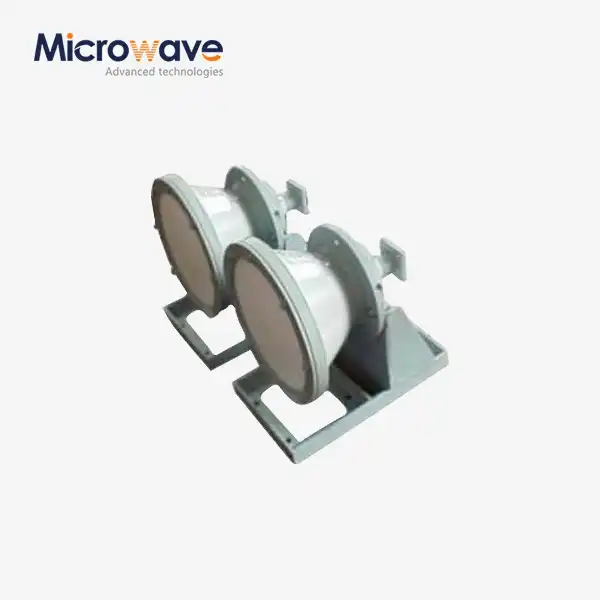 VIEW MOREConical Horn Lens Antenna
VIEW MOREConical Horn Lens Antenna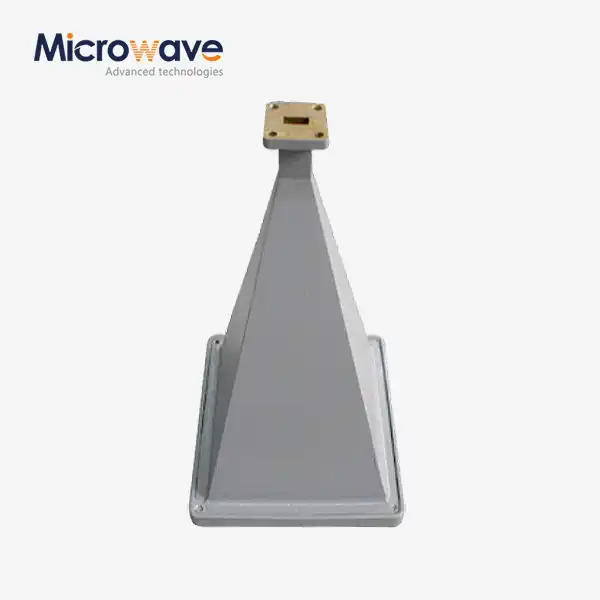 VIEW MOREPyramid Horn Lens Antenna
VIEW MOREPyramid Horn Lens Antenna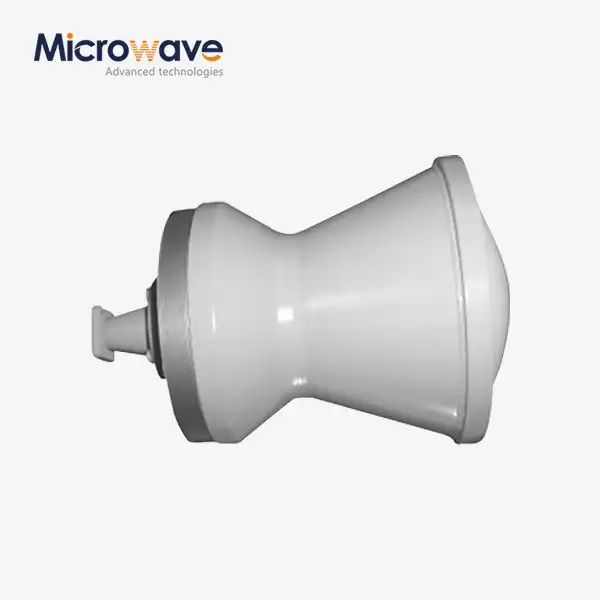 VIEW MOREPoint Focusing Horn Lens Antenna
VIEW MOREPoint Focusing Horn Lens Antenna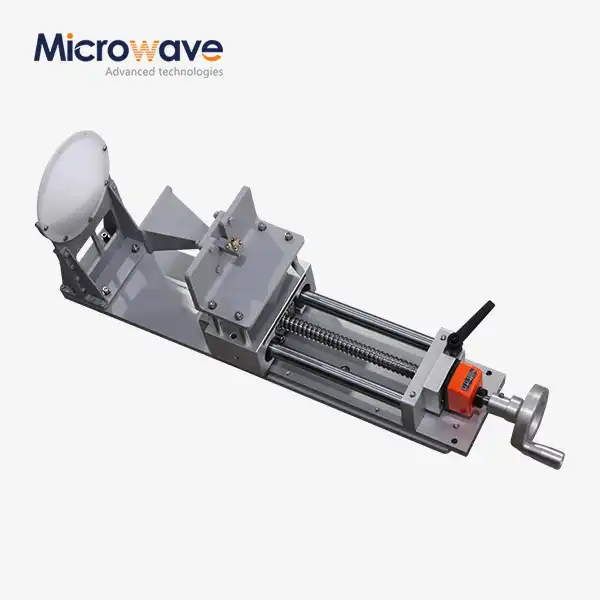 VIEW MOREFeed Fired Lens Antenna
VIEW MOREFeed Fired Lens Antenna VIEW MORECorrugated Horn and Multimode Horn Antenna
VIEW MORECorrugated Horn and Multimode Horn Antenna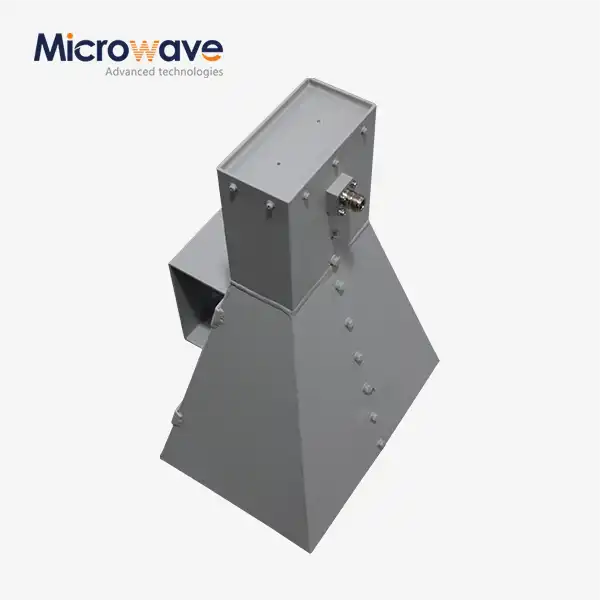 VIEW MOREWideband Double-ridged Horn Antenna
VIEW MOREWideband Double-ridged Horn Antenna




